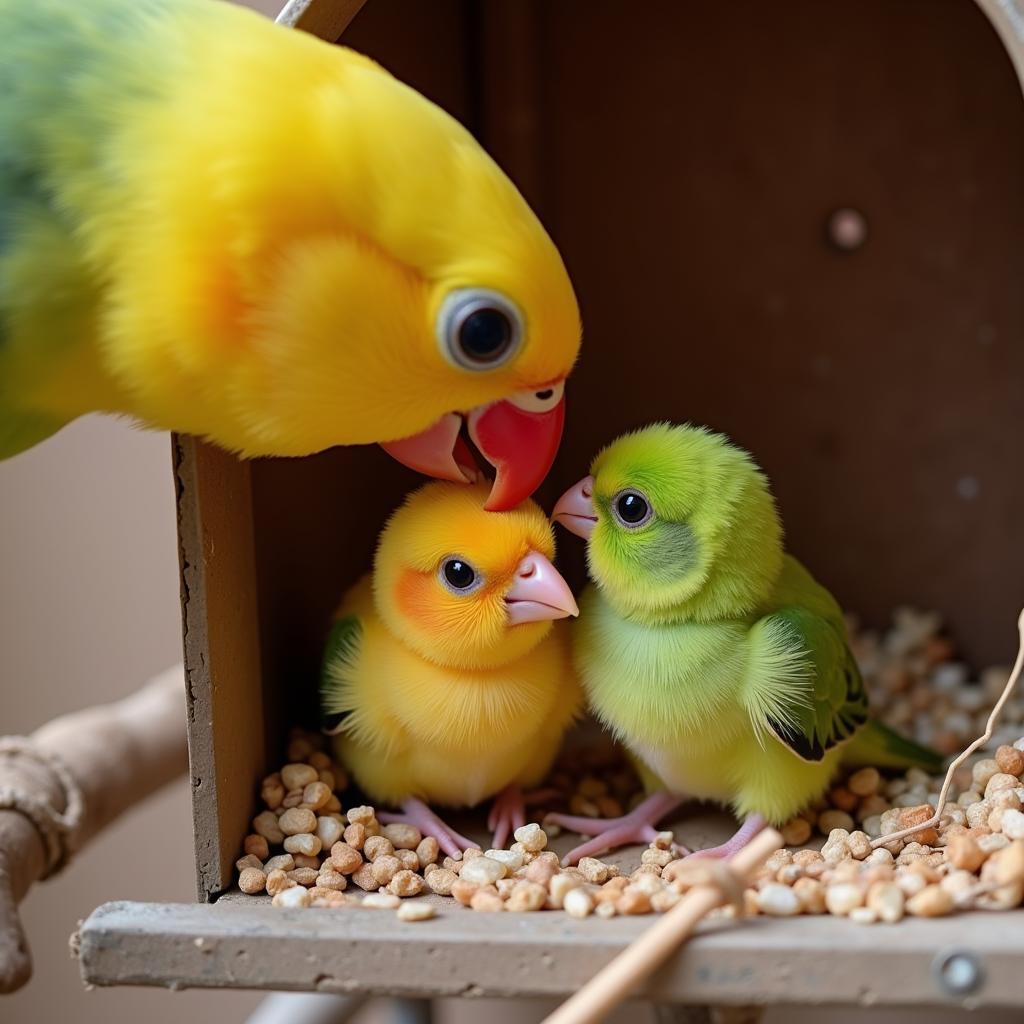Understanding African Horse Sickness Transmission Vector
African horse sickness (AHS) is a devastating viral disease affecting equids, primarily horses, mules, and donkeys. The disease is transmitted through the bite of infected Culicoides midges, also known as biting midges, and understanding this transmission vector is crucial for effective prevention and control. This article will delve into the intricate details of African horse sickness transmition vector, exploring the lifecycle of these midges, the factors influencing their activity, and the crucial role they play in the spread of this often-fatal disease.
The Culicoides Midge: A Tiny but Formidable Vector
The primary African horse sickness transmition vector is the Culicoides midge, a small, nocturnal insect belonging to the Ceratopogonidae family. These tiny insects, barely visible to the naked eye, act as biological vectors, carrying the AHS virus from infected to susceptible animals. While several Culicoides species are capable of transmitting the virus, the specific species involved vary depending on geographical location and environmental factors.
Life Cycle and Habitat of the Culicoides Midge
The Culicoides midge undergoes a complete metamorphosis, progressing through four distinct stages: egg, larva, pupa, and adult. The larval and pupal stages are aquatic or semi-aquatic, typically found in damp, organically rich environments such as muddy areas around water troughs, manure piles, and stagnant water. Understanding these breeding sites is vital for implementing effective vector control measures. Adult midges are most active during dawn and dusk, preferring warm, humid conditions.
Factors Influencing Culicoides Activity and AHS Transmission
Several environmental factors influence the activity and abundance of Culicoides midges, directly impacting the risk of AHS transmission. Temperature, humidity, rainfall, and wind play significant roles in the midge population dynamics. Warm, humid conditions favor midge breeding and activity, while strong winds can hinder their flight and dispersal.
The Impact of Climate Change on AHS Transmission
Climate change is predicted to alter the distribution and activity patterns of Culicoides midges, potentially expanding the geographical range of AHS. Increased temperatures and changes in rainfall patterns may create more favorable conditions for midge breeding and survival, increasing the risk of outbreaks in previously unaffected areas.
Prevention and Control of AHS: Targeting the Vector
Effective AHS prevention and control strategies focus on minimizing contact between equids and infected Culicoides midges. This involves a combination of vector control measures and vaccination. Stable management practices, such as removing standing water and regularly cleaning manure piles, can help reduce midge breeding sites around stables.
The Role of Vaccination in AHS Control
Vaccination plays a crucial role in protecting equids from AHS. Several effective vaccines are available, offering varying levels of protection against different serotypes of the virus. Consulting with a veterinarian is essential to determine the most appropriate vaccination protocol for specific circumstances.
Conclusion: Protecting Equids from African Horse Sickness
Understanding the African horse sickness transmition vector is essential for effective disease prevention and control. By implementing comprehensive vector control measures and ensuring appropriate vaccination protocols, we can significantly reduce the impact of this devastating disease on equid populations. Continued research and surveillance are crucial to monitor the evolving dynamics of AHS transmission and adapt control strategies accordingly.
FAQs
- What is the most common African horse sickness transmition vector? Culicoides midges.
- How can I reduce the risk of AHS on my property? Implement vector control measures and vaccinate your horses.
- What are the symptoms of AHS in horses? Symptoms vary but can include fever, respiratory distress, and swelling.
- Is there a cure for African horse sickness? There is no specific cure for AHS, but supportive care can improve survival rates.
- How can climate change affect AHS transmission? It can alter the distribution and activity patterns of Culicoides midges.
- Are all Culicoides species capable of transmitting AHS? No, only certain species act as vectors.
- What should I do if I suspect my horse has AHS? Contact a veterinarian immediately.
If you need further assistance, please contact us: Phone: +255768904061, Email: [email protected] Or visit us at: Mbarali DC Mawindi, Kangaga, Tanzania. We have a 24/7 customer service team.



